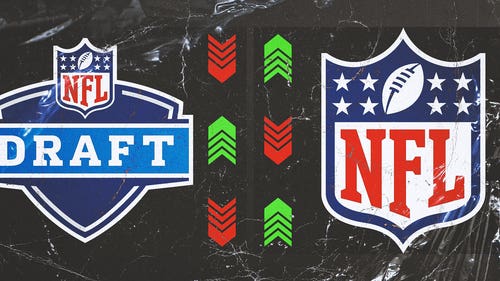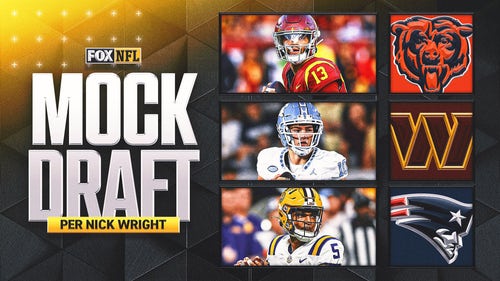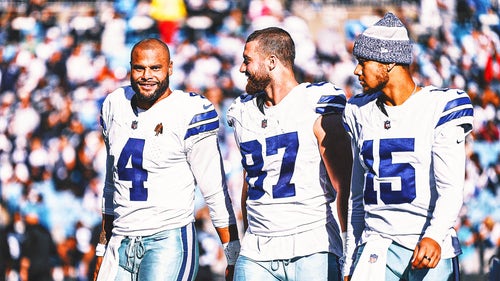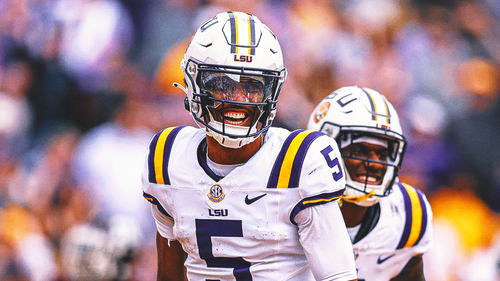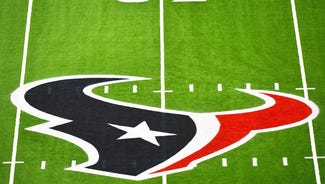
Apple planted seed of ad excess
The Super Bowl graduated long ago from sporting event to a kind of national holiday — one celebrating America’s love of TV, consumerism and the gluttonous consumption of greasy foods.
The day’s significance as an advertising showcase, though — where it’s expected we dutifully watch the commercials, not skip past them or go to the bathroom — can be traced to a specific moment: Apple’s “1984” ad, which aired the same year.
Yes, there were memorable Super Bowl commercials before then, from Pittsburgh’s Mean Joe Greene getting a Coke from a kid and tossing him a jersey as a gesture of gratitude, to Farrah Fawcett “creaming” Joe Namath (with Noxzema, naturally).
Still, it took the buzz unleashed by Apple’s “1984” spot for Macintosh to establish the Super Bowl “as a mecca for ‘edgy’ and absurdly expensive advertising,” as author Michael Weinreb put it.
Directed by Ridley Scott (whose credits include “Gladiator” and “Blade Runner”), Apple’s ambitious sci-fi-style commercial — featuring mindless drones and a muscular, sledgehammer-throwing woman — dramatically altered the perception of Super Bowl advertising.
Never mind that it aired during the third quarter of a game in which the Raiders trounced the Redskins. Apple’s attention grab “became the Madison Avenue version of ‘Citizen Kane,’” Weinreb noted.
“It turned the Super Bowl from a football game into advertising’s Super Event of the year,” wrote Advertising Age, a trade magazine, “and it ushered in the era of advertising as news.”
Other factors, of course, also played a part — beginning with the jaw-dropping cost of buying time during the Super Bowl, which has undoubtedly contributed to its sense of importance.
While the price of a 30-second spot didn’t crack the $1 million plateau until the mid-1990s, it has steadily climbed to $3 million today, underscoring how pro football’s championship dwarfs everything else in the TV universe. The result is an “It better be worth it” mindset — as in, “If you’re paying $100,000 a second, the commercials ought to deliver some genuine bang for that buck.”
Among other things, the “1984” ad (created by the agency Chiat/Day, which also produced noteworthy early ads for Nike) helped pave the way for commercial directors like Michael Bay (“Transformers”) and David Fincher (an Oscar nominee for “The Social Network”) to cross over into feature films — and vice versa, with ad agencies tapping directors such as Spike Lee to produce little half-minute masterpieces.
The irony is that in Super Bowl marketing, being arty doesn’t always win the race. Arguably, Budweiser wields a bigger stick in this space than anybody, and its spots generally tend to be more silly than sophisticated. (Beyond suds, this year’s two most heavily represented product categories are movies and cars, neither of which lend themselves to out-of-the-box creativity.)
People did rush to check out Macintosh computers after the Apple ad, but the historic relationship between Super Bowl spots and sales has been spotty. In 2000, for example, numerous dot-coms bought time, only to watch a serious shakeout among their ranks shortly thereafter. In hindsight, those ads symbolized the boom that preceded the bust to come.
Despite the U.S. audience of 100 million-plus expected to tune in Sunday, the preoccupation with Super Bowl advertising has clearly eclipsed any reasonable proportion. Yet with the monster Apple unleashed having assumed a life of its own, there’s no way at this point — even with a sledgehammer — to reboot the system.
But wait, there's more
Another Super Bowl tradition involves the host network using the game as a launching pad for new programs, or, since NBC did so with “Friends” in 1996, to showcase an existing hit.
Fox has chosen the latter route by airing an episode of “Glee,” the musical-comedy series about a high-school glee club. When the network announced those plans last spring, ABC late-night host Jimmy Kimmel quipped, “Apparently they're trying to set a new Guinness World Record for most drunk 43-year-old guys saying, ‘What the (bleep) is this?’”
Although its audience definitely skews heavily toward women, “Glee” isn’t without certain, er, visual elements men might enjoy. (For starters, go find GQ’s controversial photo shoot featuring some of the cast.)
Here, then, is a handy cheat sheet about the show in a Twitter-sized bite: Teen outcasts find belonging through Glee club, sing pop tunes about feelings as outlet for raging hormones. TV for folks who like Broadway.
Oh, and even if you’re not familiar with the show, knowing FOX’s promotion department, you will be before the two-minute warning.
Email:lowryonsports@gmail.com; Twitter: blowryontv.








































































































































